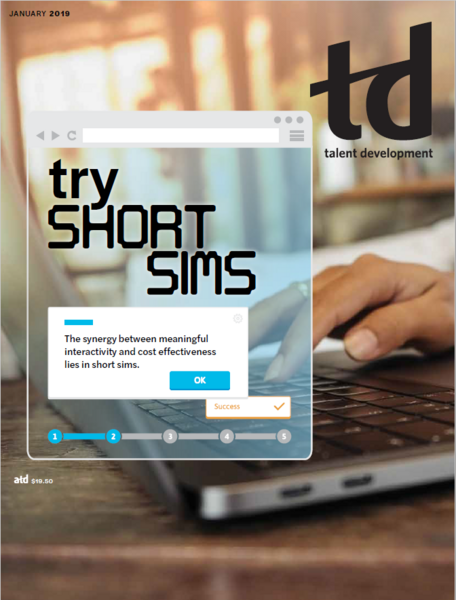TD Magazine Article
Debriefing Round Robin
There are ways to get learners to answer your questions without picking the first person who raises her hand.
Wed Jan 02 2019
The situation
You want to make sure everyone gets a chance to participate in your session, but you don't want to have to say no to an eager learner. Maybe you don't want to deal with a room full of raised hands, either. How can you get the entire class involved?
The trick
There are ways to get learners to answer your questions without picking the first person who raises her hand. You could single out a domineering student to not be called on, but that's as degrading as it sounds. Here's a better solution:
Lay the groundwork. Tell participants that they will be answering a series of questions in round-robin format. Establish who will be assigned the first question and the order you will be rotating in.
Let them know that they can opt to not answer a question by simply saying "pass." This takes pressure off people from having to speak if they don't want to—but don't tell them that. It also enables them to "phone a friend" if they don't know the answer to a question.
Be patient. Give participants multiple chances to answer a question if they get it wrong. To many people, nothing is more intimidating than being wrong in an all-or-nothing situation. The idea is to boost their confidence to speak up, not tear them down.
Keep the process going long enough that students get a few different questions. Sometimes there are exceptionally hard questions—small sample size can be a curse—so make sure to try to offer a few opportunities.
Added benefit
When you employ this type of method to establish whose turn it is at any given point, you also eliminate distraction within the classroom. Learners raising their hands or shouting to be called on can really disrupt the peace of the exercise.
You've Reached ATD Member-only Content
Become an ATD member to continue
Already a member?Sign In

